Learn Chess. Learn Life Lessons.
Come, join us and transform your kid’s life through chess.
Join Online Coaching Join In-Person Coaching
The Queen’s Gambit is White’s most popular response to the Queen pawn opening, and it sets the base for the rest of the game. Learn More.
This Opening starts with:
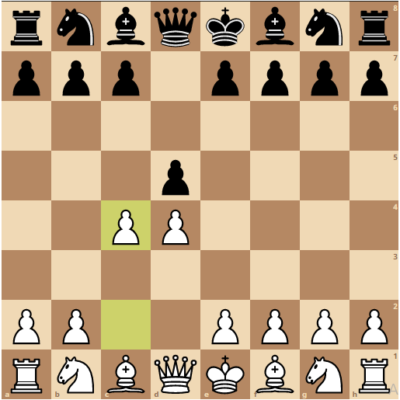
The Opening is called a Gambit since White appears to sacrifice the ‘c’ pawn and one out of eight games begin with this Opening. The Queen’s Gambit is White’s most popular response to the Queen pawn opening, and it sets the base for the rest of the game. The Queen’s Gambit is divided into three main lines depending on Black’s responses:
The Queen’s Gambit is called a Gambit since White is sacrificing the ‘c’ pawn in order to gain central control. This sacrifice is not permanent, and eventually White can gain back this sacrificed pawn. Queen’s Gambit is the oldest known chess opening, and it was mentioned first in the Göttingen manuscript of 1490. It was later analyzed by Gioachino Greco in the 17th century. In the early part of modern chess, Queen pawn openings were not favored; however, the Queen’s Gambit gained popularity after the tournament in Vienna in 1873.
The opening is also sometimes referred to as the Aleppo Gambit, as it was recommended by Philip Stamma in the 18th century. The Gambit reached its maximum popularity in the 1920s and 30s due to the development of chess theory by Wilhelm Steinitz and Siegbert Tarrasch.
The Queen’s Gambit Accepted is one of Black’s three responses where Black gives up the centre and captures the wing pawn. Black cannot maintain this extra pawn but uses the time White requires to regain this pawn to develop the Black pieces and to gain control over the centre.
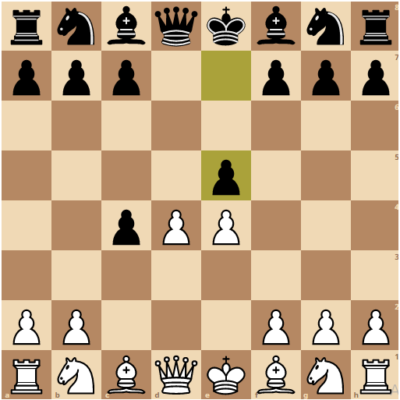
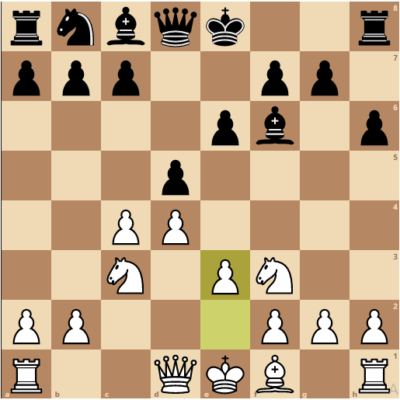
Instead of taking the wing pawn, Black plays e6 and this is the mainline of the Queen’s Gambit Declined where Black declines the free pawn to develop and build a strong center. e6 allows almost all Black pieces to develop including the Black Bishop on f8 promoting castling. White usually responds to e6 with Nc3 which controls the e4 and d5 squares and also stops Black from playing Bb4. Now, Black cannot take the pawn on c4 as that would allow White to play e4, making it the perfect strong center for White.
Maintaining this central tension is integral to this line hence Black plays Nf6 to prevent e4. White responds by playing Bg5 to pin the Knight on f6 which Black defends by playing Be7 allowing Black to castle on the next move.
It is important to not here, that if Black plays Nbd7 instead of Be7 on the 4th move to defend the pin, this leads to the following trap.
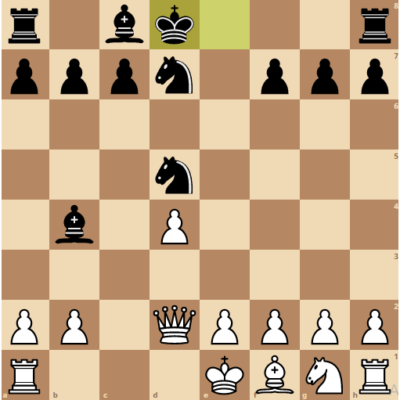
Black is now a piece up with more developed pieces than White.
Moving back to the mainline, White responds to (..4) Be7 with (5) Nf3 to develop the Knight and the game continues with various varaitiosn for both sides to play. At this position Black is slightly lacking in development but can castle and has a strong Bishop.
As for White, e3 allows the possibility of a pawn chain if White chooses to play c5 and allows the d3 square to be occupied by the light-squared Bishop and for the Queen to comfortably sit on c2. This battery would allow White to control a comfortable position and also provides White with a space advantage.
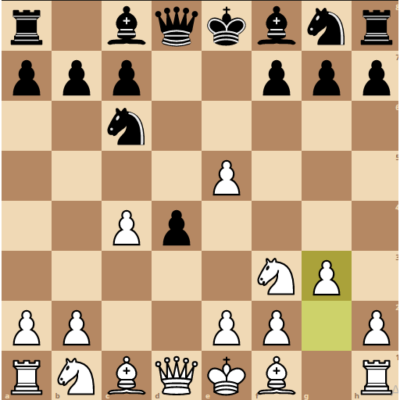
In this line, Black responds to Whites pawn sacrifice with a another sacrifice, by playing e5. This is usally followed by White taking this pawn with dxe5 followed by Black playing d4. Blacks idea is to prevent the White pieces from deeloping to the best of Black’s capabilities. White responds to d4 with Nf3 and Black quickly defends the ‘d’ pawn with Nc6. White responds with g3 with the idea of following g3 with Bg2 and 0-0. On the other hand, Black can play Nge7, followed by Ng6 and Nxe5 to gain the lost pawn.
Recently, this defense has gained alot of populairty and is now Black’s most popular response to the Queen’s Gambit. Here Black responds to c4 with c6 to support Black’s ‘d’ pawn while opening up the possibility of killing White’s c4 pawn in the future. If White is afraid of Black’s dxc4 followed by b5, White may play e3, or if White wants to develop and play a arther aggressive game, White plays Nc3. Black responds with Nf6 and White then plays Nf3. Black can now decide whether to play e6 and go for the Semi-Slav variation or finally play dxc4. White will respond to dxc4 with a4 to prevent Black from creating a pawn chain.
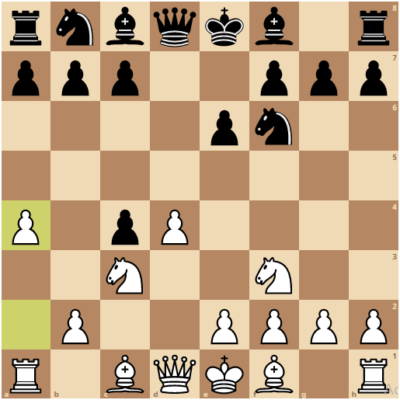
White has now gained the pawn back but had to play a4 to complete the process.
White chooses this Opening to gain control of the centre by sacrificing the wing pawn and poses a constant pressure on Black. Black’s pieces seem cramped up while trying to regain control of the centre.
The Queen’s Gambit can be played by Beginners but the theory must be well read before going into this gambit due to it’s variations.
Learn Chess. Learn Life Lessons.
Help your child improve their Strategic Thinking, Critical Thinking, Time Management, etc. through the game of Chess.

This article is technically edited and reviewed by Grand Master Marian Petrov.

CHESS KLUB offers chess classes for kids and adults of all levels. Our coaches include FIDE, National, International and Grand Masters among many.
We offer Online and Classroom coaching.
CHESS KLUB has coaching centers in the US and India now!
Do you want to see your kid excel in Chess?
Learn Chess. Learn Life Lessons.
